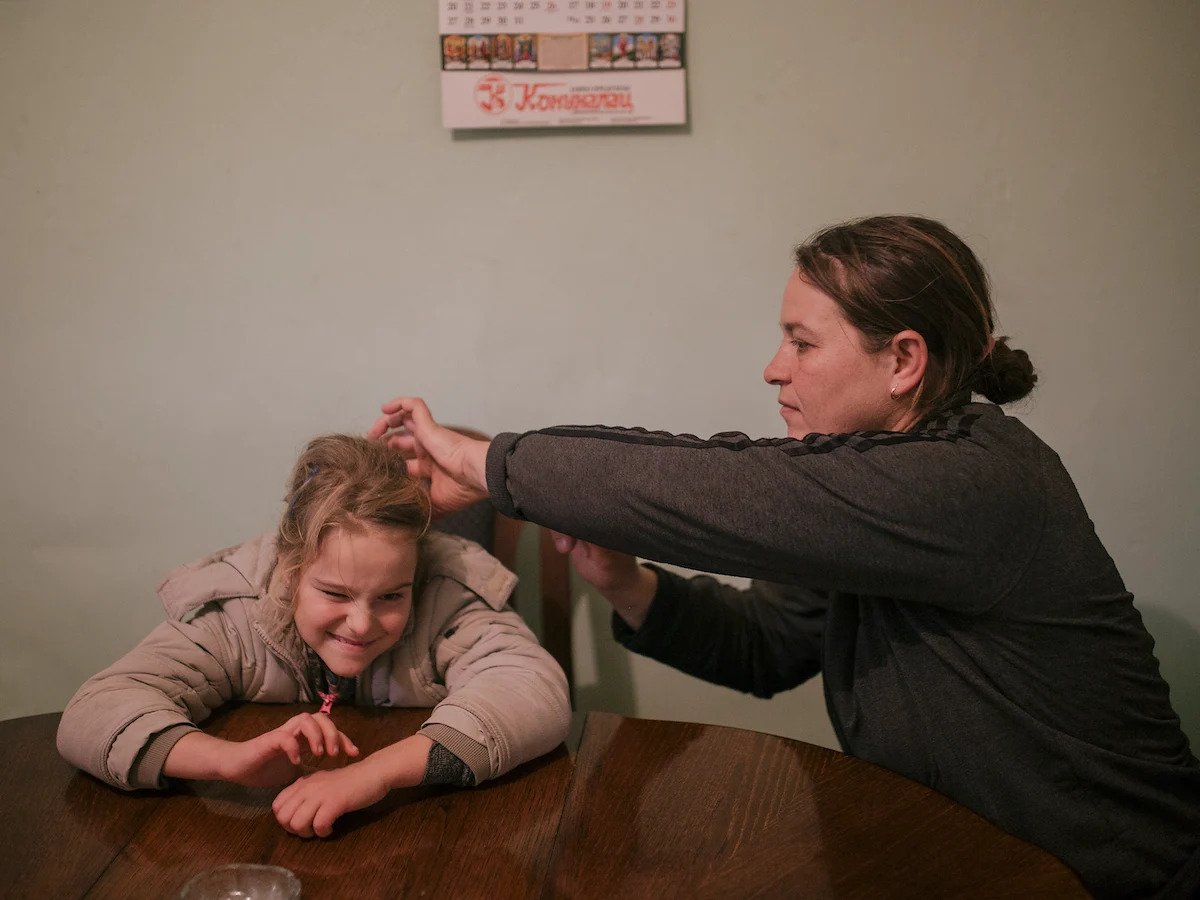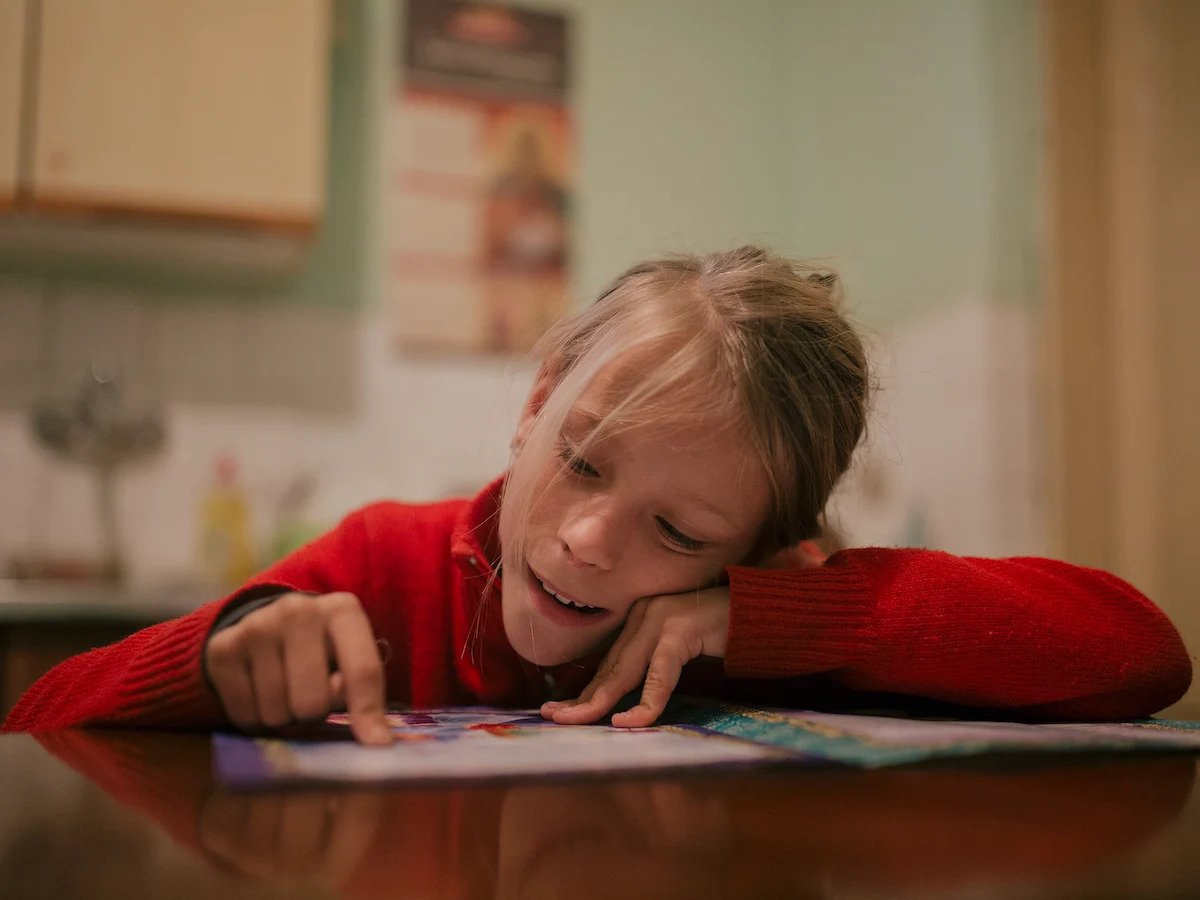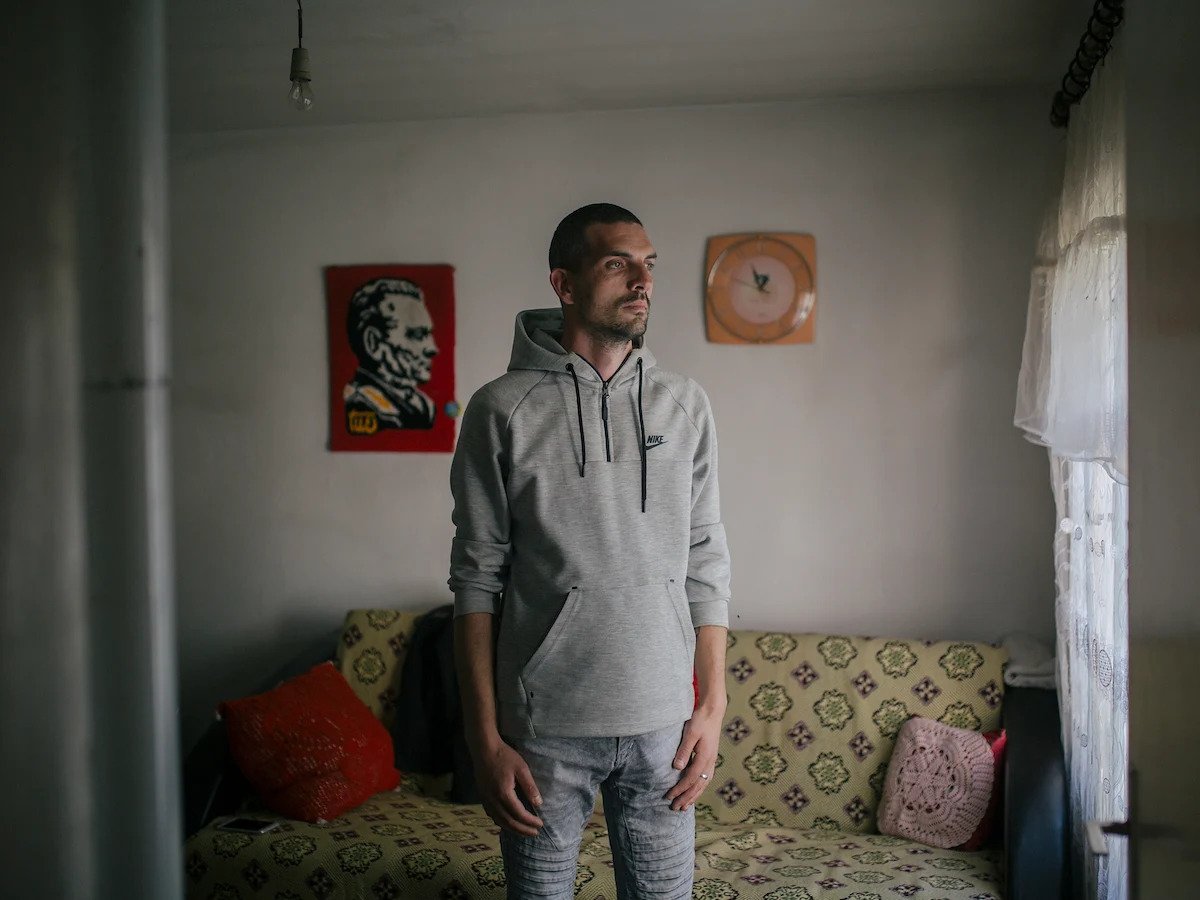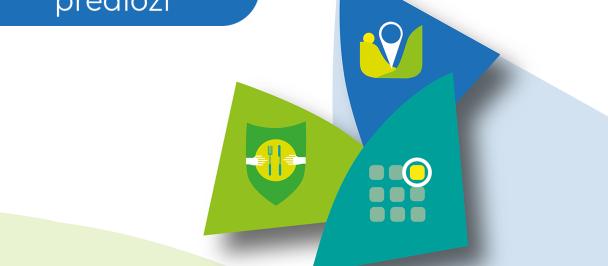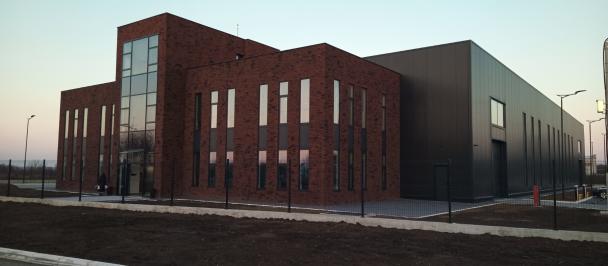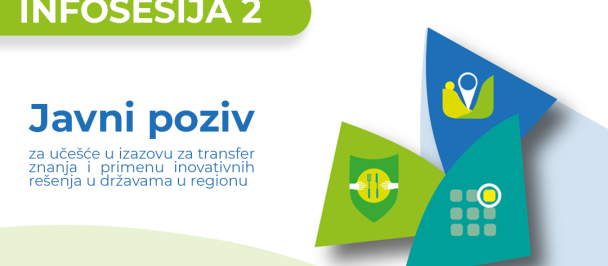Meet the farmers working to stay afloat
For urban-dwellers, confined in small flats because of lockdowns, rural living could seem ideal. The green pastures, fresher air, room to spread out.
But for rural communities, especially farmers and local producers, the restrictions have brought different challenges.
The Mladenov family live in Dimitrovgrad, one of the least developed municipalities in southeastern Serbia. They make a living from their small dairy farm outside town. Until the pandemic hit, Emilija, 37, sold milk and cheese every morning at their local market in town, and from their sale she was able to support her 9-year old twins, Juliana and Jelena.
But things have changed since then: first she and her husband Aleksander had to stop selling at the market, so they started going from house to house instead; then, the state of emergency and curfews meant they could not go out, and even when they could, most people had stopped ordering home because they did not want to risk having contact with someone. Teleworking was simply not an option in their line of business.
As Covid restrictions disrupted the market, driving down prices, the family was forced to start selling milk to a local dairy at a much lower amount. “We hope once this period ends, the price of milk will rise again,” Aleksander says.
Containment measures for the Covid-19 crisis have affected agricultural operations in Serbia, interrupting selected food supply chains, including the hospitality sector and farmer’s markets. This has left farmers and traders, particularly micro and small farmers, with limited options for selling and distributing their fresh and perishable products. Vegetable farmers on average either lost or donated 20-30 percent of their production in order to avoid food waste, while many micro and small farmers had to dispose of almost their entire production.
Many dairy farmer families in the country are in a similarly difficult spot: They depend completely on agriculture for a living, and yet they have lost most of their clients. Since the pandemic began, people who would usually come to their house to buy milk and cheese are no longer visiting, and local agro-tourism establishments aren’t buying.
Not every farmer family has access to a market where they can sell, especially once the lockdown restrictions limited their ability to travel, which pushed them to lower the prices of their products significantly. Therein lies the problem: the price of their product has gone down while the cost of food for their animals have gone up.
The Andjelkov family knows this well. Milko, 47 and Dusanka, 38 have five children of various ages from 10 to 19. They make a living off of sheep and cow cheese - producing and selling 20 kilograms a week. They don’t have a car, which prevents them from taking their product to the city markets. In the period following the state of emergency, the price dropped from 500 to 350 dinars (US$5 to $3.5), which has significantly affected the family budget.
Financial challenges are a big part, but they are not all, either. Two of Milko and Dusanka’s children, Marta and Sasa, live in Dimitrovgrad because they go to high school there, and usually, over the weekends they travel the 30 km to the village to help their father and mother at the farm. But when the pandemic hit Serbia, they couldn’t go back and forth, and weren’t able to help their parents. One of the best in her class, Marta recently applied for a school scholarship but was rejected because her father has a registered farm – though it’s not large at all.
There are around 113,000 unregistered farms across Serbia, and they have been left particularly vulnerable during the crisis. Because they were unregistered, these farms were not eligible for government support measures, could not mobilize labour during movement restrictions and their buyers were often prevented from operating in some cities. And the informal, self-employed and wage workers that often make up the rural industries are facing significant impact. Even if registered, small farms like the Mladenovs or Andjelkovs do not receive enough money for subsidies from the municipality and the state to help ease the financial pains.
A few farmers have seen business change for the better, though they are the exception. Four years ago, the Petrov family started a livestock business with seven cows in a village not far from their Dimitrovgrad home; now, they are buying another one, after signing an agreement with a local dairy company to sell all their milk. Before the agreement, they sold milk and cheese door to door in the city. Their experience has been the opposite of the Andjelkovs. Not only did the Covid crisis not hinder them, but their sales actually tripled, as more people were at home and increased their orders. The only problem the family faced during the lockdown was curfew, because the police forbade them to take their cows for watering and grazing.
Aleksandar Manić, a shepherd in Stara Planina, a natural border with neighboring Bulgaria, also knows too well the difficulties of managing animals during curfews. He leads a flock of 500 sheep with two other shepherds, covering over 20km a day. Until the winter starts, he should take the sheep out to feed every day.
But whenever lockdowns are stated, with the border police actively guarding the fields in the village, he is unable to take the sheep out onto the field. The less he is able to go out, the less income he can bring home.
Many young people are struggling to find opportunities of interest in Serbia, especially those in rural areas. Approximately 60,000 people leave Serbia each year, with about 15,000 to 20,000 more leaving each year than returning.
The OECD estimates than 650,000 people – most of them young and skilled - have left the country in the last two decades.
Danilo Pejcic is one of the young people whose story is somewhere in-between. He had lived in Dimitrovgrad all his life until two years ago, when he found a job in a company in Bulgaria which afforded him a better income.
He regularly travels from Dimitrovgrad, Serbia to Slivnica, Bulgaria, about 30 kilometers away, and sometimes stays there for a week or two at the company-provided accommodation. At least he did, until the pandemic hit and borders closed. Restrictions prevented him from traveling back and forth, leaving him unemployed. He is currently without a regular income, now remaining in Dmitrovgrad and helping around the house. “I hope I can start working again soon,” he says.
In the meantime, he has taken a part-time assignment working customs in his city, documenting the train cars that arrive and sharing them with the agency. The job pays 50 Euro per day, but it’s only a few times a month. Danilo has become afraid that he doesn’t have a back-up plan. He was originally hoping to go back to Bulgaria by the beginning of December, but because the pandemic situation hasn’t improved, the borders may close again.
Unlike Danilo, shepherd Aleksandar doesn’t feel trapped. Since the pandemic hit, he hasn’t visited the city. He feels safer in the village, he says. He hasn’t had much contact with people from the city, spends whole days in nature, eats only homemade food, and believes that “Covid can’t come here.” He will only visit the city once the pandemic ends, he says. “When Covid is gone, I can go visit my parents and some friends.”
Rural economies have provided many essentials - including food and energy - to keep households, businesses and hospitals running during confinement periods. But they face a huge challenge, not the least because their reliance on markets and jobs are not easily adaptable to remote working, the way other sectors – like IT or education – are.
The pandemic has significantly affected rural populations, and for many in the countryside it feels like there’s no light at the end of the tunnel. Only time will tell if the pandemic can change consumption and production patterns, create new working habits and forms of mobility, and foster new opportunities for sustainable growth in rural regions and in doing so bring relief to so many families working to keep afloat.
From the beginning of the pandemic crisis, UNDP in Serbia worked on the accelerated development of new solutions and organised help where it was needed most. This included supporting the health care system with needed supplies, ensuring a safe and secure network of volunteers to provide support to citizens over 65 years of age - “Budi volonter” (Be a Volunteer), providing food, psychosocial support and other necessary supplies to vulnerable groups, and organising data into online information platforms and exploring how it can be used to combat the pandemic.
Its efforts to help in containment of and recovery from the pandemic build on already extensive work in fighting depopulation and making Serbia a liveable place for all. UNDP’s Accelerator Lab in Serbia has been exploring new sets of data to pick up emerging trends on who leaves Serbia and where they go and engaging Serbian diaspora and repats to design pathways for circular migration. UNDP supported Returning Point to map the untapped human potential that exists outside the country and create a new “one-stop” platform where Serbian diaspora and repats could easily find information on the possible ways of (re)establishing contacts and connections with their country.
Photos: UNDP Eurasia / Vladimir Zivonijovic
***
This story is part of our series Surviving a pandemic: The visual impact of Covid-19 across Eurasia, captured by five young photographers in their home countries and territories. The narratives, chosen by them, do not cover UNDP projects but reflect the issues around which we are working.

 Locations
Locations